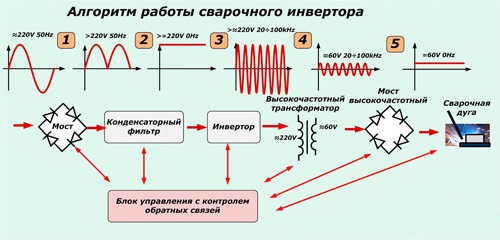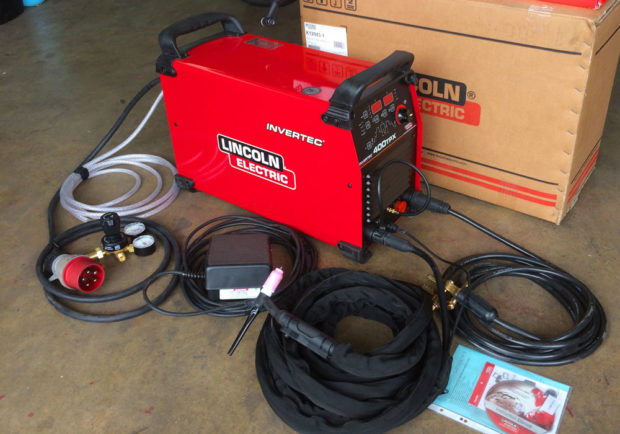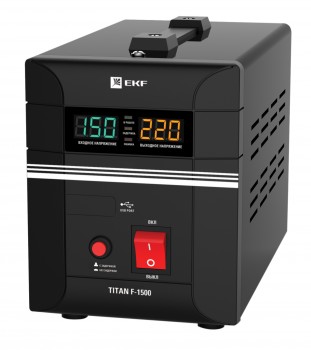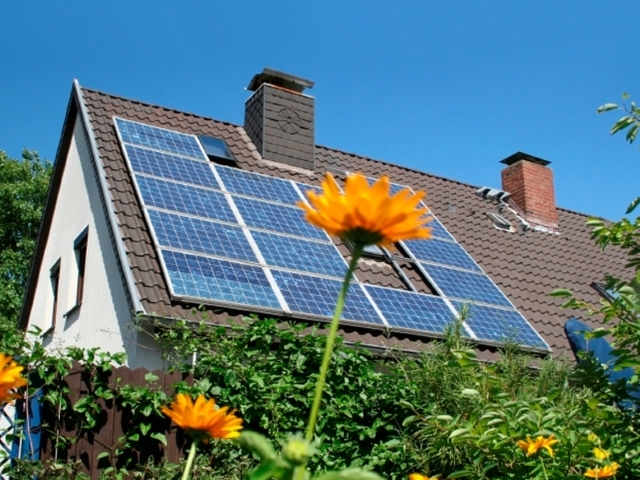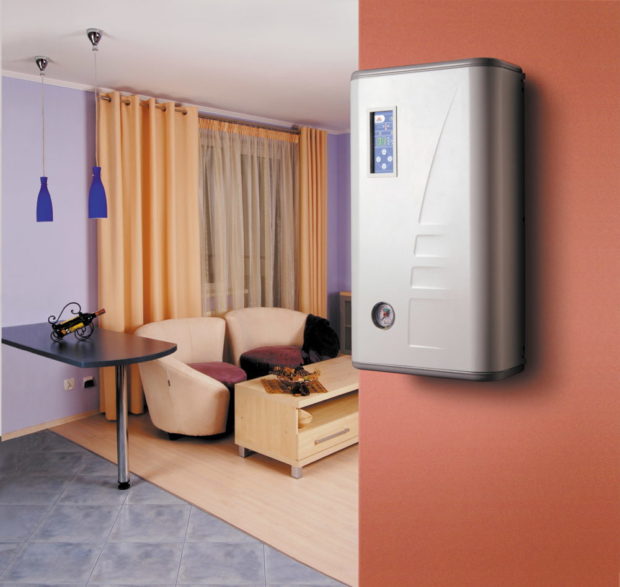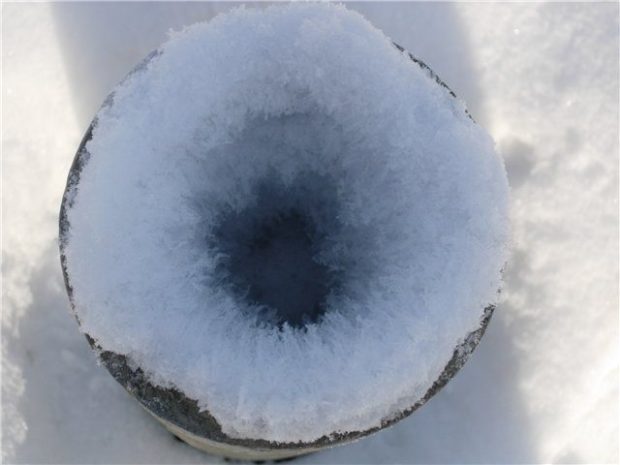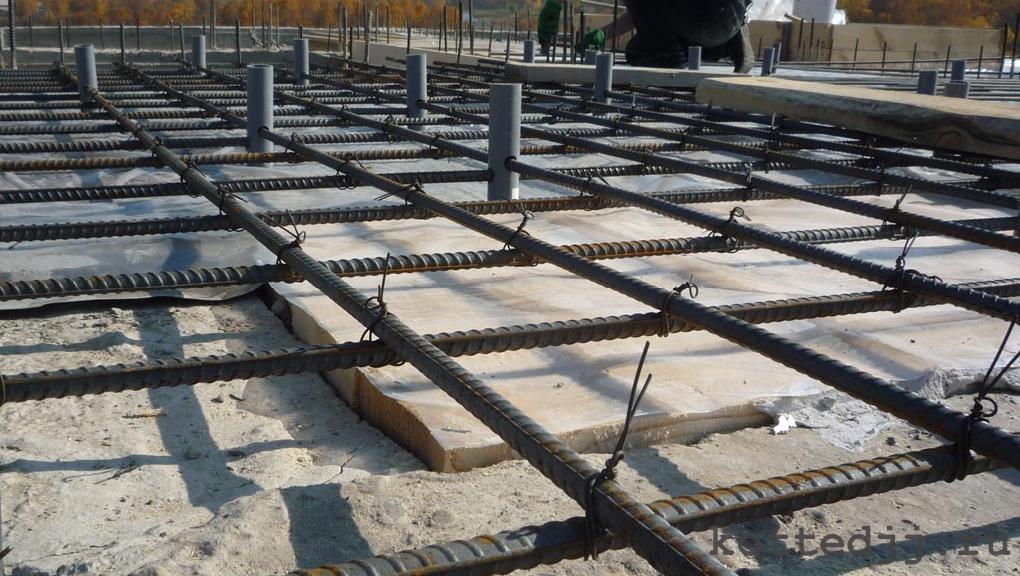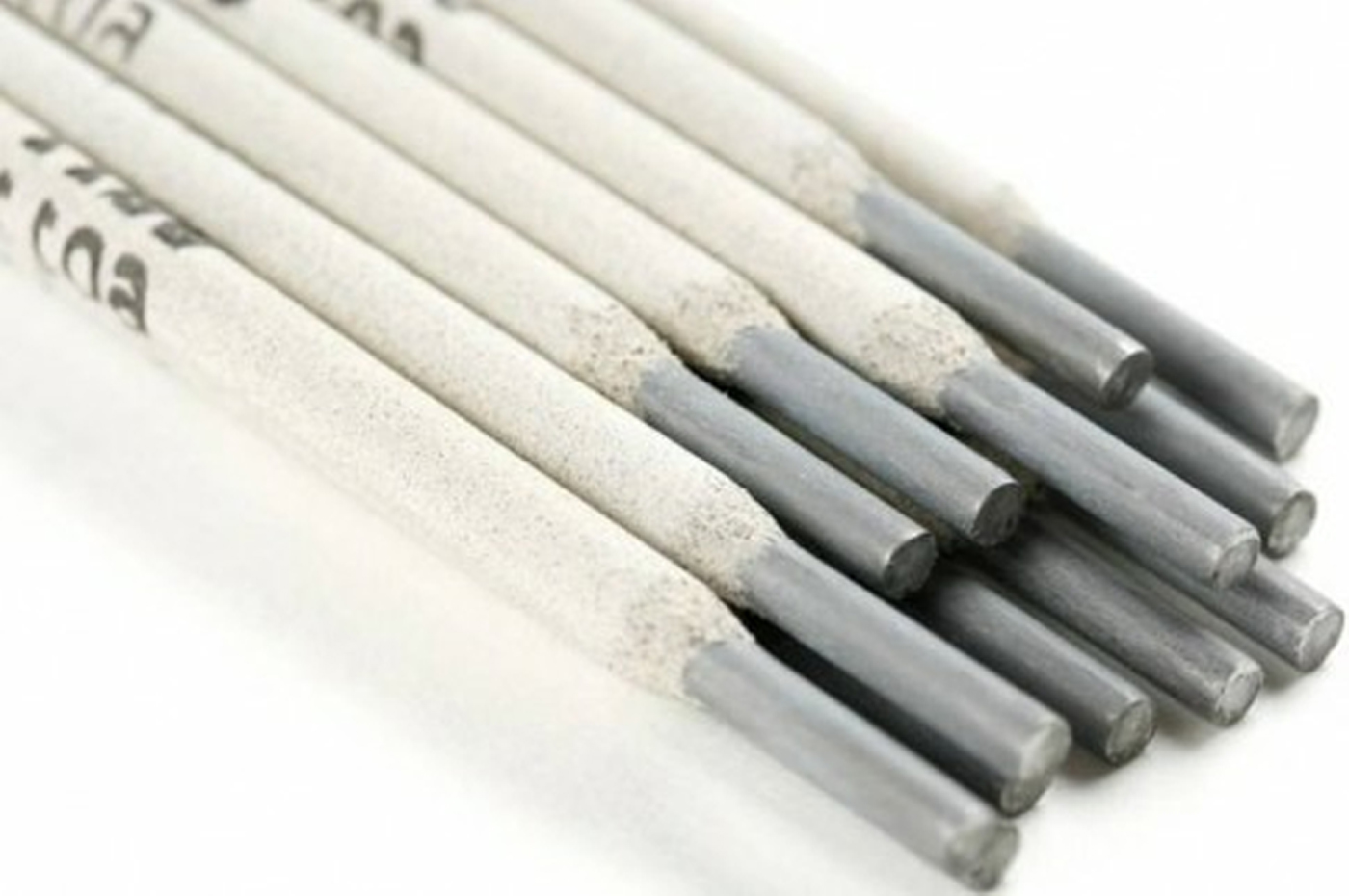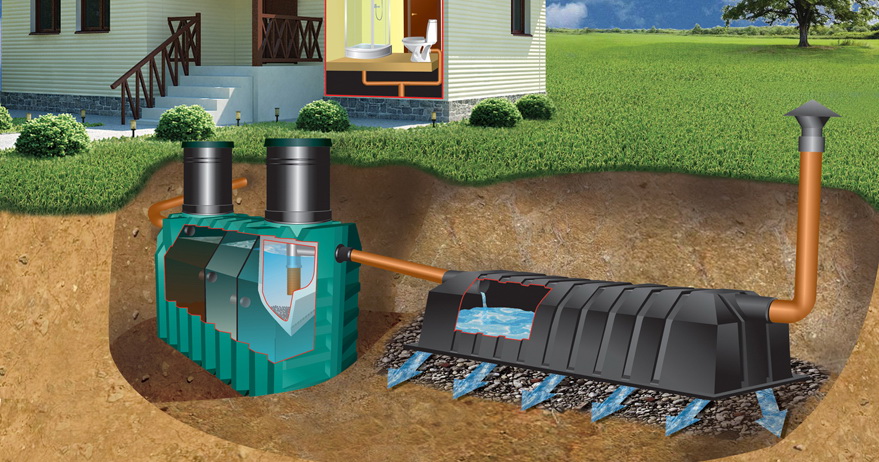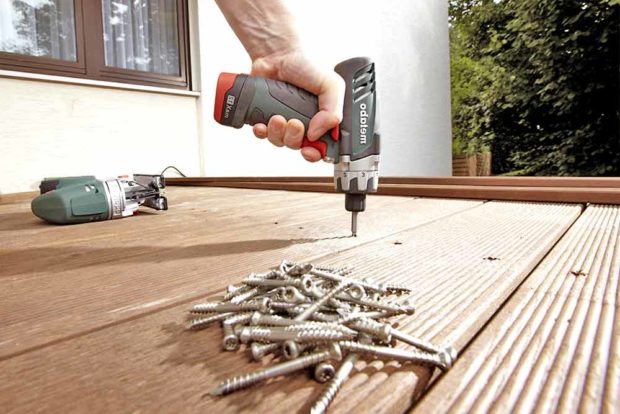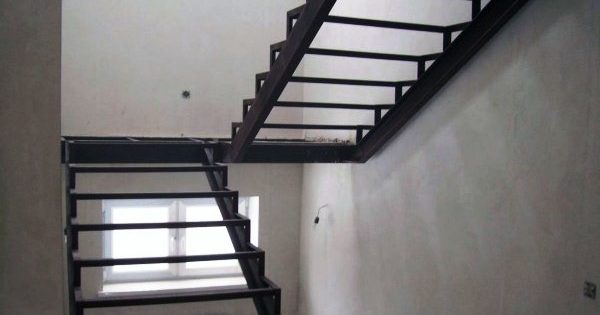14 tips for choosing a welding inverter for home and garden
Make a gate or fence, weld a pipe, patch the bottom of the car, build a frame for the greenhouse - all this is possible thanks to metal welding. Of course, you can turn to specialists for help each time, pay money and hope that they have done everything in good faith. But it’s much cheaper, more reliable and even more interesting to deal with all the nuances of welding yourself, especially since there is wonderful equipment for sale for domestic use. But just which one to choose a welding inverter for home and garden, so that the unit meets all the requirements and goals of use? We have to deal with this.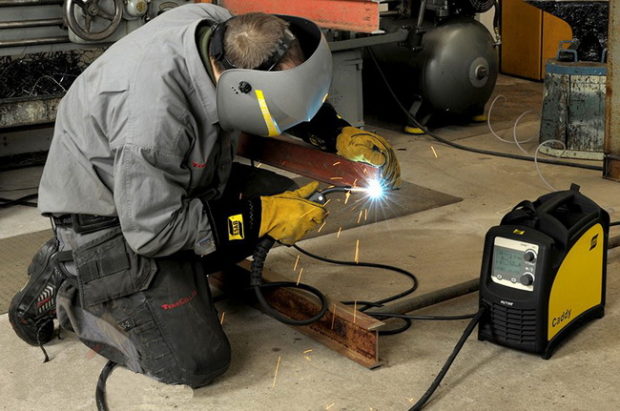
No. 1. The principle of operation of the welding inverter
Welding inverters confidently push welding transformers out of the market. Inverters are more compact and lightweight, they can easily be folded into the trunk of a car and taken to the place of work, and learning how to work with it is much easier than with a transformer, so this is the most suitable option for living conditions.
To make friends with a welding machine, you need to know at least in general terms how it works. The hint is already in the title. Yes, the inverter principle of operation is used here, and the current passes through several nodes, during which its main parameters are converted. The main stages of current conversion are as follows:
- alternating current 220 V (in some cases 380 V), passing through a diode bridge, is converted to direct;
- the received direct current passes through the block of transistors and again becomes variable, only its frequency rises from 50 Hz to 20-50 kHz, and sometimes up to 100 kHz;
- Further, the high-frequency alternating current voltage decreases to 70-90 V, as a result of which the current strength (according to Ohm's law) increases to 100-200 A or more;
- rectification of low-frequency high voltage.

The principle of preliminary energy conversion allows the use of transformer units of a much smaller size than in a conventional welding transformer. To get a current of 160 A at the output, you will need a transformer weighing about 300 g, and not 20 kg.
For the inverter to start working, the mass cable (-) is connected to the workpiece, the clamp cable (+) is connected to the electrode holder. Touching the electrode to the metal surface leads to the closure of the poles and the appearance of an electric arc. This is an area of stable discharge where a high amount of heat is generated, which is sufficient for melting the metal. Electrode plays the role of filler material and protection of the workpiece from the external environment. The end of the electrode is held at a distance of 3-5 mm. As a result, the molten additive material penetrates the molten portion of the preform, diffusion occurs, and after the arc is removed, crystallization occurs with the formation of a weld. If everything is done correctly, then the seam in strength will not be inferior to the base metal, and possibly even surpass it.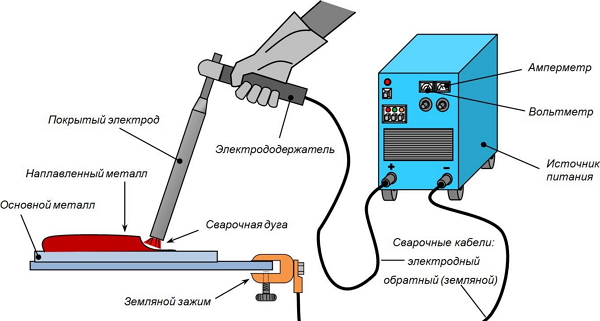
No. 2. Advantages and disadvantages
The principle of work used allows us to talk about numerous advantages of inverter welding machines:
- compactness and light weight (3-12 kg), so it’s not difficult to transport and transport the device;
- simplicity of management and setup;
- the welding inverter is suitable for beginners, since even with minimal skills it will be possible to get a high-quality seam (in addition, there is an anti-stick function);
- functionality, the ability to work with different types of electrodes and the ability to adjust the current strength to work with different metals;
- economy and high efficiency (up to 90%). The principle of operation excludes the consumption of more energy than necessary;
- the possibility of stable operation with voltage drops;
- safety, so in the vast majority of devices the functions of protection against short circuit, overheating and sticking of the electrode are implemented;
- models with additional functions make the welding process even more comfortable, and the result is high-quality.

Alas, there are minuses:
- high price. A welding inverter is more expensive than a transformer;
- sensitivity to moisture and dust. Of course, there are models with protection, but it is still better not to allow contact with moisture and regularly clean the unit from dust;
- some devices cannot work at temperatures below -150C, which must be taken into account when choosing and operating;
- complexity and high cost of repair. So, for example, replacing an inverter unit is almost half the price of a new welding machine.
If the unit is of high quality, then breakdowns will not make themselves felt for a long time, so saving in this case is very stupid and reckless. Moreover, there are places where quality products are sold at competitive prices. The company "Building Resources" has been operating on the market of St. Petersburg and the region for 10 years, it sells welding inverters for household and professional use, it is constantly expanding the product catalog, it pleases customers with pleasant prices and professional advice.
No. 3. Types of welding inverters
Conventionally, all inverter welding equipment can be divided into three groups:
- household inverters They are inexpensive, as compact as possible, perfect for periodic and short-term welding in the country and at home. Such apparatuses will not stand up to several hours of welding in a row, thick sheets of metal will not weld, and there will be problems with thin sheets (less than 1 mm). As a rule, the current does not exceed 180-200 A, and the power is 4-5 kW;

- semi-professional units will be interesting already to those who perform welding at construction sites or car services, i.e. in those places where strict requirements are put forward for welds, but welding is not the main activity profile. The current strength can reach 200-300 A, the unit can work even when the voltage in the network is reduced to 165 V and weld thick metal. Many models have a connector under the TIG. But for all this you have to pay. Keep in mind that metal with a thickness of more than 5-6 mm will not weld such a device;
- professional welding machines are necessary for those who cook metal for 8 hours a day. These are hardy units that can work without interruption for a long time, give a current strength of up to 500 A, can weld thick and very thin metal, work when the voltage is reduced to 130 V. Of course, this type of unit can not be cheap.

Also inverters accepted divide by type of welding into the following types:
- manual welding machines (MMA), these are the very household inverters that are compact and easy to operate. Even a novice can work with them, and the quality of the connection will be at the level. For all its simplicity, such an aggregate can even be used in conditions of small production, which once again indicates the high quality of the seams;
- semi-automatic welding inverters suggest the supply of wire to the seam formation zone by a special mechanism. Such devices have higher power, but also more weight. They are more difficult to operate, so they are not suitable for homework;
- argon welding machines work with melting and non-consumable electrodes; they are used only in industrial conditions;
- plasma cutting machines by the principle of operation, they are similar to welding inverters, but here all the power is directed to the fast and accurate cutting of metals.
We hope that there should not be questions about which welding inverter to choose for home and garden. Of course, this is a household type device, but you still have to figure out the necessary power parameters, current strength and other indicators. By correlating the information received with your own requirements, you will be able to find the most suitable device.
Number 4. Maximum and minimum welding current
The higher the output current, the more powerful the unit in front of you and the more thick the metal layer it can weld. When choosing equipment for the home, do not buy too high values of the welding current indicator - often such opportunities will simply be nowhere to use. On the other hand, insufficient current will lead to the fact that the additive metal simply builds up on the base metal, and does not penetrate inside, and such a connection cannot be strong.
Most welding inverters give a current of 160-500 A, for domestic conditions, and one that gives up to 210 A. is suitable. So, for example, for welding fittings 6 mm thick enough current up to 150 A, for heating pipes - up to 160 A, for metal doors - 200-300 A. To work with heat exchangers of furnaces with walls of about 10 mm, you will need a professional unit with a current of 400-500 A, but in everyday conditions such tasks are not performed.
Please note that the maximum current will depend on the loads. In some models, with continuous continuous operation, the current will be 160 A, at 60% load - 210 A, and at 35% - already 270 A. The manufacturer reports all this, and we will talk about the parameters of the constant load (PN) a little later.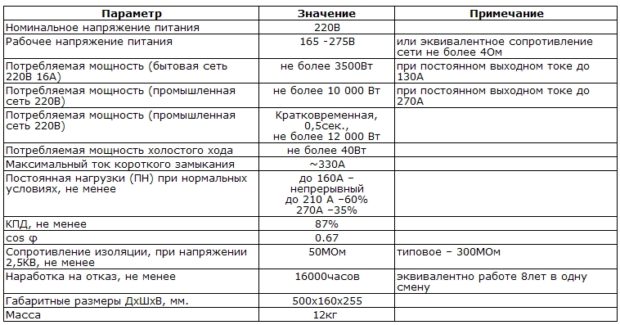
To work with thin metal, on the contrary, small currents are needed, therefore it is important to look at the lower limit as well. In order to be able to orient ourselves, we note that welding of automotive metal (thickness about 1 mm) is performed at 30-40 A, and for thinner metal in a frame structure it will take 10-20 A. So before choosing a welding inverter for the house, determine the scope of activity and evaluate the full range of currents.
Another question - how current is regulated? There are two options:
- smooth adjustment allows you to adjust the current literally to unity, so that an experienced welder will be able to set the most suitable parameter and make a high-quality seam;
- step adjustment it is carried out using a circular toggle switch, the adjustment step is usually 20 A. In everyday life, this is usually enough for welding irrelevant parts, but you may have to face the problem that the metal does not boil with a current of 40 A, and a current of 60 A already causes burns.
No. 5. Supply voltage
Inverter welding machines can be powered by such networks:
- 220 V, ordinary home networks. These are common models that are well suited for everyday tasks;
- 380 V they can work only where there is a three-phase input, and this is by no means every apartment or garage, therefore these are industrial-type devices, but if there is an appropriate voltage and if there is no urgent need, you can take one;
- 220/380 V can work from both types of networks. In production, you can use 380 V, and when leaving the facility - 220 V.
But the input voltage parameter is not all. It is very important to consider the stability of this very tension in your home networks. If there are frequent drops, then you need to take an apparatus that can work at low voltage and with significant surges. You can find inverters that will work at 130-160 V. Of course, the current strength will decrease, but the device itself will at least not turn off. Such units are best purchased by welders and repair crews who cannot know which network they will have to feed on at the exit.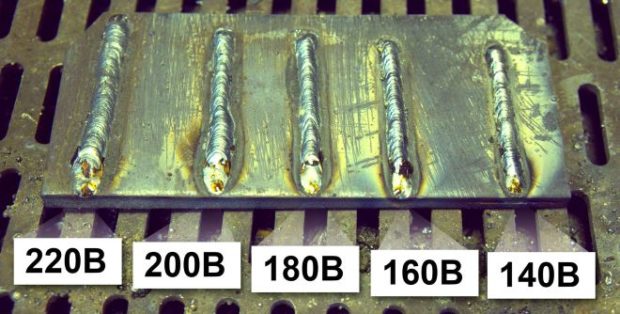
No. 6. Duty cycle
The ratio of the duration of work and rest of the welding machine is customary to report in percent.For example, a 60% duty cycle means that out of every 10 minutes the device will work for 6 minutes, the rest of the time - to cool and rest. For cottages and at home, you can take welding machines with a duty cycle of 60-70%. If welding is the main activity, but you will need an apparatus with a duty cycle of 80-100%, and such are not uncommon among professional equipment. As a rule, the duty cycle indicator is tied to the maximum current. If you use a lower current, then the duration of continuous operation will increase.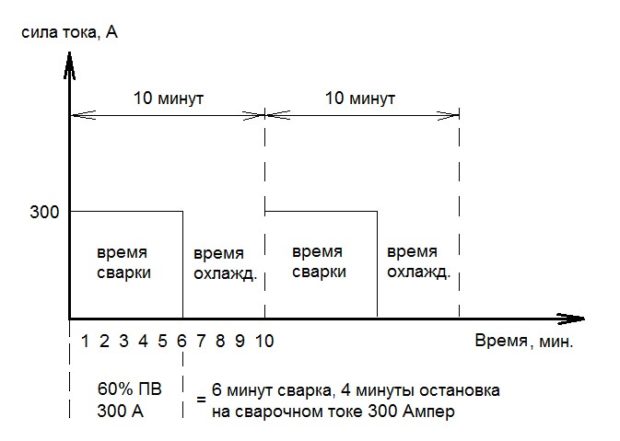
Good inverter welding professionals can provide up to 8 hours of continuous operation.
Number 7. Protection against dust and moisture
Inverter welding machines are sensitive to moisture and dust, so manufacturers have learned to further protect them. The level of protection is indicated by a numerical indicator following the abbreviation IP: the first digit is the degree of protection against solid particles, the second from moisture:
- typically welding machines receive a 2 class of protection against solids (IP 2x). This means that particles larger than 12.5 mm will not get inside the unit, i.e. dust and scale fragments can penetrate easily;
- 1 class of protection against moisture (IP 21) means that the device is protected from vertically falling drops. The normal option if you are going to work inside dry rooms;
- 2 class of protection against moisture (IP22) means that the device can also withstand drops falling at an angle of 15 degrees to the vertical. A good option if most of the work is done indoors, but sometimes cook fences and gates - anything is possible on the street;
- 3rd class of protection (IP23) means that the device can easily withstand droplets at an angle of 60 degrees to the vertical. If there is frequent work on the street, then this is a great option.
Do not overpay for protection if you plan to work in clean, dry rooms.
Number 8. Power
The power of welding inverters ranges from 2.7 to 27 kW: the higher the indicator, the thicker the metal can weld the unit. If you need a device in order to be able to weld a frame for a low greenhouse or a pipe in the country, you can take an inverter with a power of up to 3.5 kW - the country wiring must withstand.
If you have to cook water pipes and entrance doors, it is better to look in the direction of devices with a capacity of 5-7 kW. On this parameter, the scope of household units ends. Next are semi-professional and professional models with a capacity of 10-20 kW or more, which can even boil boiler steel. It is only necessary to power such units from three-phase wiring.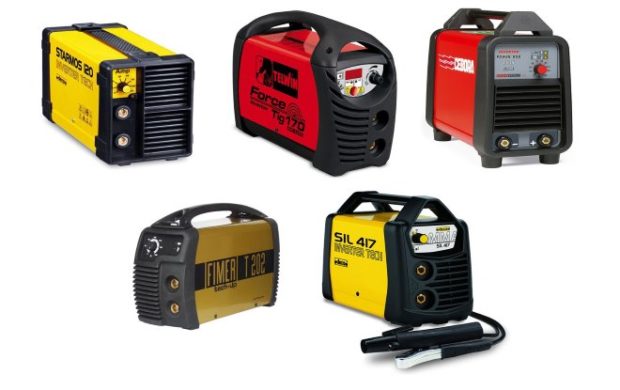
No. 9. Electrode diameter
Widespread electrodes with a diameter of 1.6-6 mm. Choose this parameter depending on how thick the metal will have to be cooked. If you take a too thin electrode, you will have a very long time, in several stages, to impose a welding seam. If you take an electrode that is too thick, it will not be possible to weld thin metal normally. On the other hand, the thicker the electrode is used, the higher the current should be.
The welding inverter is selected by correlating all of the above factors. For example, for welding pipes using electrodes with a diameter of 3 mm, for a car - up to 2 mm, and if you have to cook metal with a thickness of 5-10 mm, then you need electrodes with a diameter of 4-6 mm.
No. 10. Open circuit voltage
When the inverter is turned on, but does not yet give an electric arc, it idles, a voltage of 40 to 90 V. Idling is necessary to ensure ease of ignition and contact between live parts. The higher the indicator, the better the contact and the easier the ignition. On the other hand, high open-circuit voltage leads to increased electricity consumption. From all this it follows that it is better for novice welders to take devices with an open circuit voltage of up to 70-90 V: this will simplify the work and help to maintain the arc.For experienced specialists, devices with an open circuit voltage of 40-60 W are more suitable, since there are no problems with the correct ignition and arc loss, but there is a desire to save electricity.
No. 11. Wire length and weight of equipment
Inverter welding machines are much lighter than their transformer counterparts. Weight ranges from 2.5 kg to 12 kg. If you have to weld in hard-to-reach places, cook on weight (e.g. high racks greenhouses), it is better to take the device lighter - about 3 kg. Great if it can be hung on the shoulder.
If there are frequent movements around the object, then you can take a machine weighing about 5 kg, and if welding will take place in stationary conditions, then the weight does not matter much - you can take even the heaviest device.
When choosing a welding inverter, also pay attention to the length of the ground cables and the holder. As a rule, this is 1.5-1.8 m, which is enough to perform small work, when the device can easily be moved closer. When you have to work with large objects or build a greenhouse, this wire length may not be enough - you will have to purchase cables 2.5-3 m long.
No. 12. TIG connection
In some devices, it is possible to install an argon burner in place of a conventional holder with a cable. For this, the gas supply channel is additionally mounted and the burner control buttons are installed. Argon welding inverters use tungsten electrodes, which do not melt, but only excite an electric arc. Metal for the formation of a seam is fed into the wire. In this way non-ferrous metals (aluminum, copper) and stainless steel are welded. Inert gas protects the welding site from the external environment.
To perform such welding, you will have to buy special electrodes and a gas cylinder, and not to mention the fact that you still need to be able to use such equipment, so this is an option only for professional use.
No. 13. Additional functions
For the convenience of both beginners and specialists in the field of welding, the equipment is equipped with a set of additional functions. They increase the cost of the device, so decide in advance what opportunities you really need.
- Function "Hot start»Allows you to do without atomization of the electrode and immediately start the welding process. It is convenient for beginners and in cases where traces of contact with the electrode should be minimal;
- Function "Afterburner arc"Allows you to increase the voltage for a while, bypassing the parameter set in advance, so that you can get rid of the sticking of the electrode - useful for beginners;
- Function "Anti-stick"Relieves voltage and opens the circuit if the device" feels "that the electrode has stuck to the welded part.
All welding machines are equipped with an overheat protection function, and they lower the voltage in standby mode to values that are safe for humans.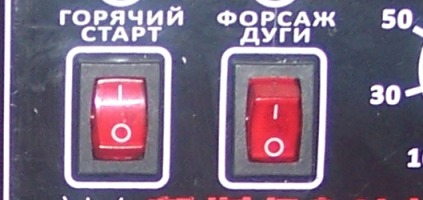
No. 14. Top manufacturers of welding inverters
We all understand that the name of the manufacturer is the key to the quality of the product, and when the product is so complicated, it’s even dangerous to get involved with unnamed equipment. TO large and reputable manufacturers should include:
- Fubag - German equipment that allows you to create high-quality seams even for novice welders. The main plus is the ability to work with power surges and at low voltage. Most models withstand drops from 130 to 265 V;
- Brima - A German company, one of the oldest welding equipment manufacturing companies in the world. The manufacturer offers a wide range;
- Ewm - Another German company where they made the world's first TIG AC / DC inverter. Now it is a market leader in welding equipment, all products are high-quality and safe;
- Kemppi - Finnish inverters, reliable high-quality, compact and easy to maintain;
- Svarog - Domestic brand, production is conducted in China under the supervision of our specialists.The result is a high-quality and inexpensive equipment, adapted to our operating conditions. All products are certified; there is a wide network of service centers;
- Resanta - a recognizable brand in the domestic market, has proven itself to be reliable, affordable prices and ease of use of equipment;
- Among other reliable brands, we note ESAB, Siberia, BestWeld, BLUEWELD, Gysmi, Merkle, Paton, Telwin.

In conclusion, we note that when choosing it is very important to maintain common sense. On the one hand, you do not have to skimp, and on the other hand, do not overdo it or take an unnecessarily powerful and functional device.

